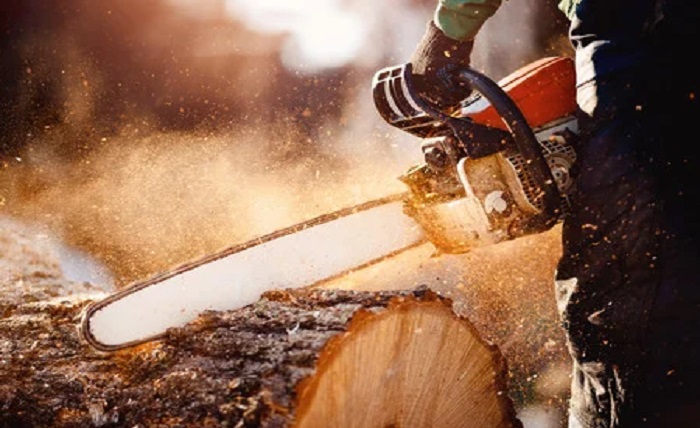Chainsaws are versatile and powerful tools commonly used to cut wood and other materials. The chainsaw bar is an essential component of the chainsaw parts that play a critical role in its performance and effectiveness. Different types of bars are available on the market, each with unique features and benefits. Choosing the right bar for your chainsaw can significantly impact the quality of your cutting and the overall safety of the tool. This article will explore the different types of bars available and their uses to help you decide when choosing a bar for your chainsaw.
Standard Bars
- The most common type of chainsaw bar is the standard chainsaw bar. This type of bar is used for general cutting and is suitable for most types of wood.
- These bars typically range in length from 12 to 36 inches and are made of high-grade steel. They are also available in different gauges, which refer to the thickness of the bar.
- A standard bar is a good choice for most users, as it balances performance and versatility. It is also relatively affordable and easy to find replacement parts.
Carving Bars
- Carving bars are specifically designed for detailed wood carving work. These bars are typically shorter, ranging from 6 to 12 inches, and are thinner than standard bars. This allows for more precision when carving and makes creating intricate designs and shapes easier.
- Carving bars are also available in different shapes, such as quarter-tip or dime-tip, which refers to the shape of the bar’s nose. This can affect the types of cuts that can be made and the level of control the user has over the tool.
Specialty Bars
- Several different types of specialty bars are available in the collection of chainsaw parts, each with unique features and benefits. One example is the harvester bar, used in the forestry industry to cut down and process trees. These bars are typically longer and thicker than standard bars and are designed to withstand heavy use.
- Another example is the laminated bar, which is made up of layers of steel that have been bonded together. This makes the bar more durable and resistant to bending or breaking—laminated bars suit users who frequently use their chainsaws for heavy-duty cutting.
- Finally, specialty bars are designed for extreme conditions, such as in icy or snowy environments. These bars feature special coatings or designs that help to prevent ice buildup and ensure consistent cutting performance.
Choosing the Right Bar
- When choosing a bar, it is essential to consider several factors, including the cutting you will be doing, the size and power of your saw machine, and your level of experience.
- A standard bar is a good choice for general cutting for most users. A carving bar may be a better option if you plan on doing the detailed wood carving. A specialty bar may be necessary for heavy-duty cutting or use in extreme conditions.
- It is also essential to choose a bar that is compatible with your chainsaw. Be sure to check the manufacturer’s recommendations before purchasing a new bar.
Finally, following proper safety procedures when using a chainsaw, regardless of the type of bar you choose, is essential. Always wear appropriate safety gear, such as gloves, eye and ear protection, and sturdy work boots. Follow the manufacturer’s instructions for properly using and maintaining your chainsaw and bar.
Conclusion
Choosing the right chainsaw parts is an important decision that can affect the performance and effectiveness of your tool. When choosing a bar, it is essential to consider factors such as the cutting you will be doing, the size and power of your chainsaw, and your level of experience.

